The field of flexible packaging has grown tremendously in recent years, thanks in no small part to growing demands for more sustainable and cost-effective consumer products. Flexible packaging brought in an estimated $31 billion in sales during 2017 alone. In light of that impressive figure, it’s no surprise that brand owners across the nation are implementing resealable bags, pouches and film as their go-to packaging solution.
At Douglas Machine, we’ve been empowering businesses with powerful paperboard, corrugated and shrink-film packaging solutions since 1964. We’re also proud to keep brands informed on the latest updates in the world of packaging. So today, we’ll be walking through more insights on flexible packaging—and key reasons for implementing these solutions into your product line.
The Evolving Trends of Flexible Packaging
At its core, flexible packaging is all about convenience. Today’s consumer is incredibly busy, mobile, and increasingly reliant on packaging that’s easy to consume, transport and dispose. Flexible packaging is uniquely poised to meet these customer demands—with high durability, low weight, and re-closure options to guarantee product freshness. And because flexible packaging is available in so many style and shapes, it’s ideal for many liquid, solid and powder products alike.
Next to convenience, sustainability is one of the fastest growing trends in flexible packaging. Customers care more about eco-friendly products and business practices than ever before. This fuels the demand for sustainable and reusable packaging options. Flexible packaging actually uses fewer natural resources and generates less waste overall compared to many packaging alternatives, making this solution highly appealing to today’s consumers.
Last but not least, the retail titan of e-commerce has nurtured incredible growth in the flexible packaging sector. As more and more consumers abandon brick-and-mortar stores in favor of digital shopping, manufacturers are becoming more reliant on durable and versatile packaging that can reach consumers in prime condition—especially in the food and beverage markets. In this sense, flexible bags and pouches are a perfect packaging companion for e-commerce goods.
Industry Challenges for Flexible Packaging
We’ve talked about a few trends and exciting opportunities for flexible packaging, but what about barriers? As it stands, sustainability is both a trend and a challenge for players in the flexible packaging industry. Today’s sourcing, manufacturing and end-of-life entities actively work towards (and will be held accountable for) creating a cycle of sustainable packaging. In other words, making the process of creating, distributing and disposing of flexible packaging requires close collaboration from all parties involved—including consumers.
It’s no secret that consumers have a negative perception of plastic packaging. While this bias has lost some traction in recent years, it’s still a major challenge for flexible packaging. From municipal bag bans to anti-plastic publications in the news, there’s still major pushback against the use of one-time-use plastics. Overcoming this impediment will require a strong education push to help consumers and CPGs understand the value plastics offer across the total lifecycle of flexible packaging—and the many benefits we can reap by creating a circular economy within this sector.
Douglas Solutions for Flexible Bags & Pouches
Now that we’ve discussed opportunities and complexities impacting flexible bags and pouches, let’s talk about specific machine solutions your team can use to capitalize on this packaging technology. Our TriVex® top load series is the optimal solution for high-demand production. These versatile top load case & tray packers are packed with performance-enhancing technology; leveraging automated robotic case and tray packaging solutions to accommodate the specific requirements needed to handle bags, pouches, trays, cartons and more.
The TriVex top load series offers optimum flexibility, making it possible to efficiently load products into almost any style of pre-erected top load tray or case. The TriVex RLi offers the unique ability to seamlessly erect, load and seal top load cases using a single compact machine. With advanced design features, proprietary servo technology, and simple, menu-driven changeovers, the TriVex series can accommodate a huge range of product types with minimum maintenance and product handling.
These machine solutions are also ideal for management of frequent format changes while maintaining high efficiencies. Built with efficiency, flexibility and user safety in mind, the TriVex series is the perfect investment for capitalizing on the many opportunities flexible packaging provides.
Leverage Flexible Packaging With Douglas
Ready to learn more about Douglas and our powerful secondary packaging solutions? Then be sure to call or message us today. Our team can provide detailed information on the steps your business can take to harness flexible bags and pouches for your production needs—and ideal packaging machines for those efforts. You can also reach out to us with any questions you have about the world of secondary packaging and emergent trends within it. We’d be happy to hear from you.
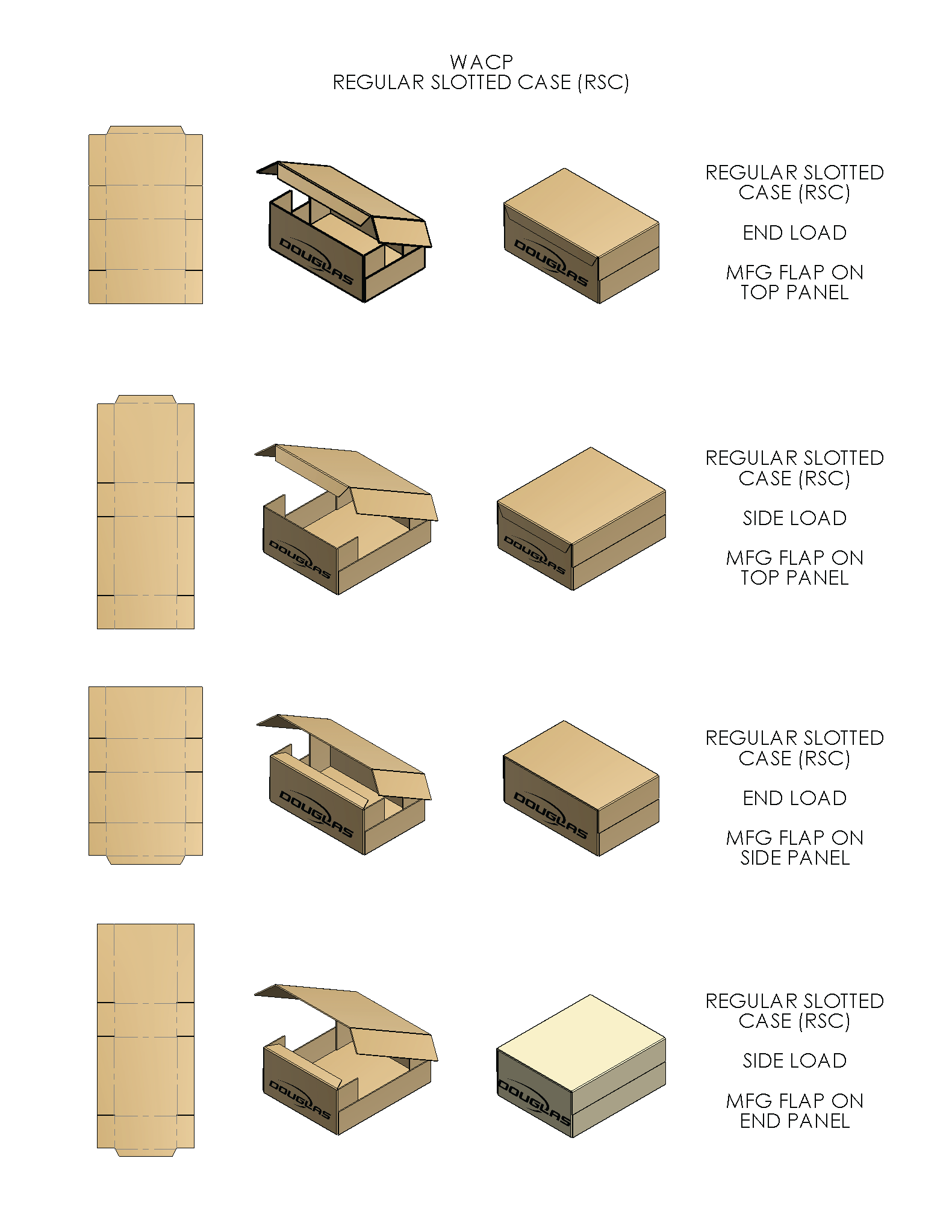
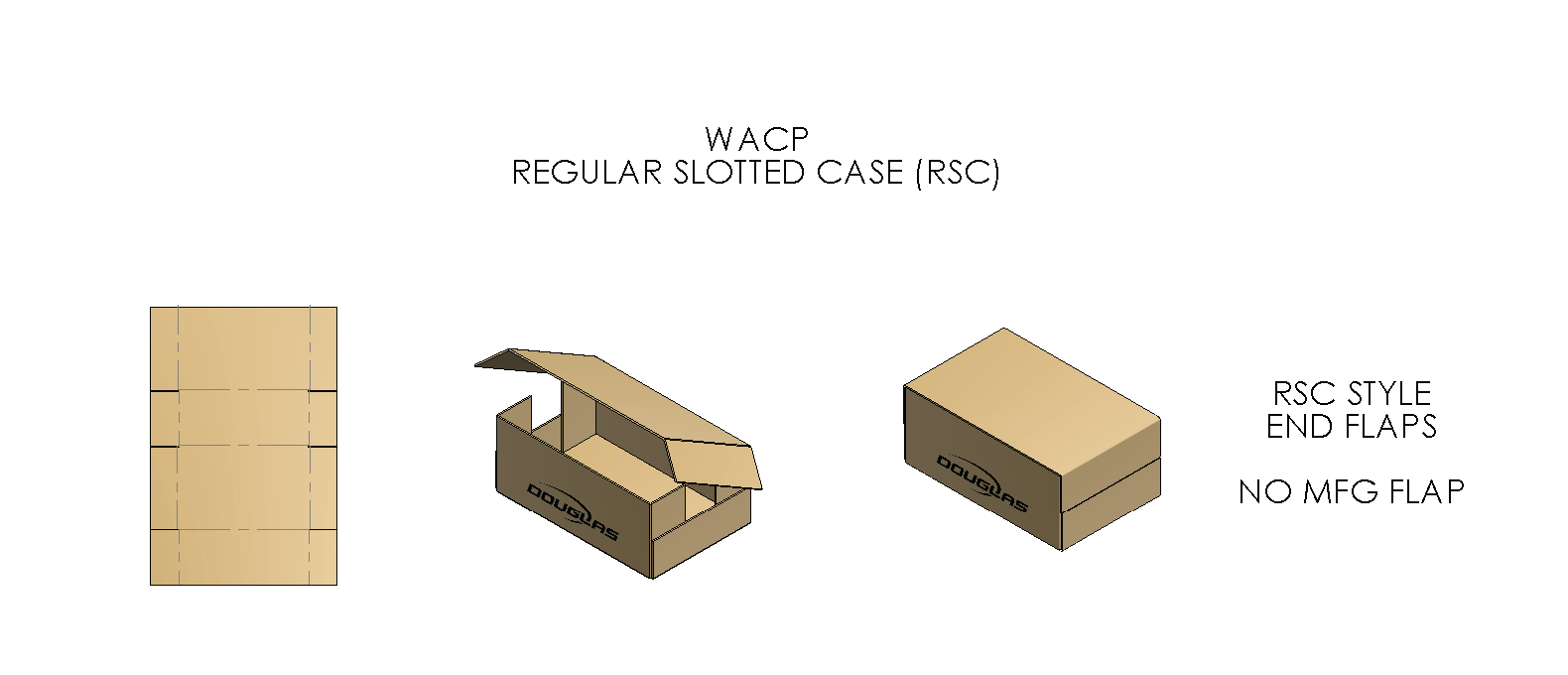
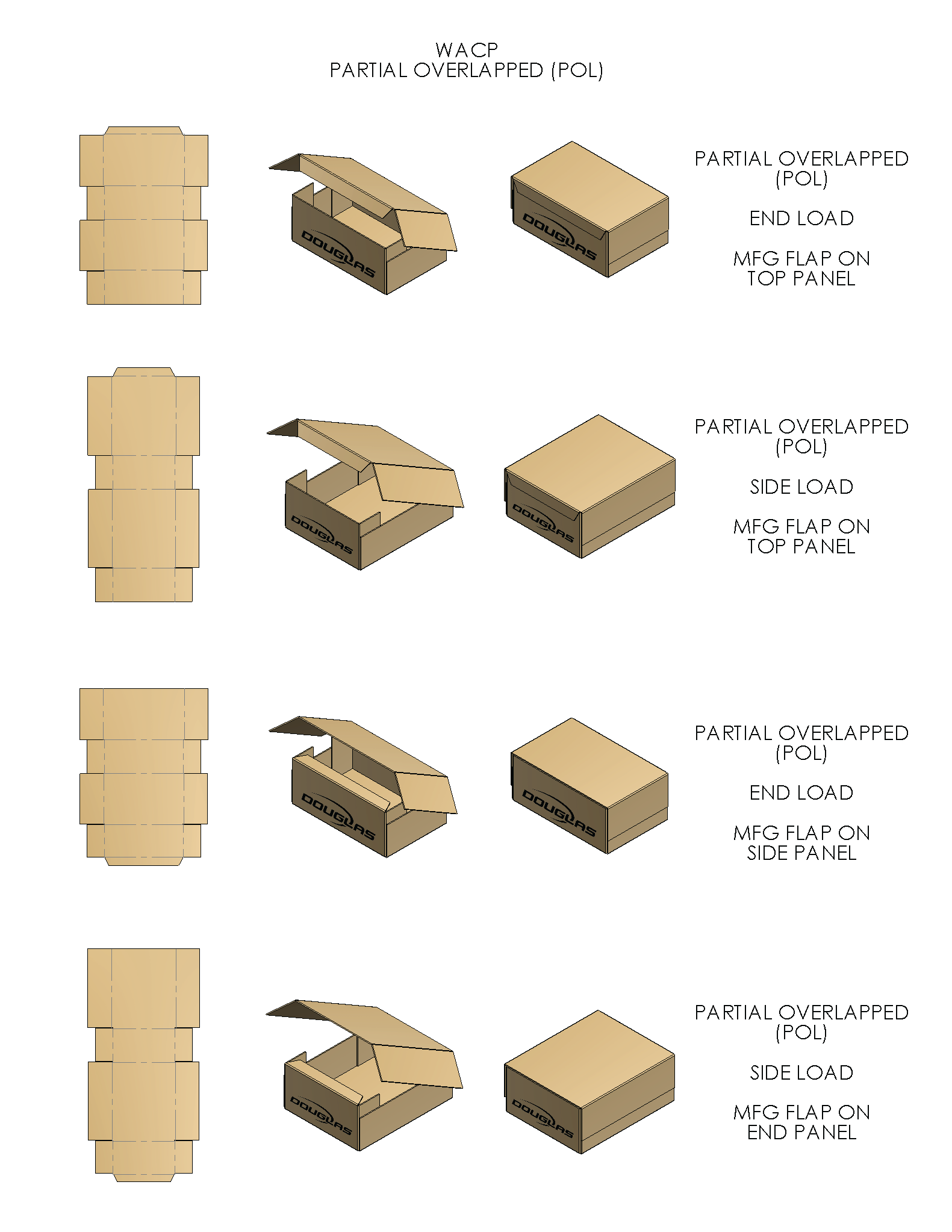
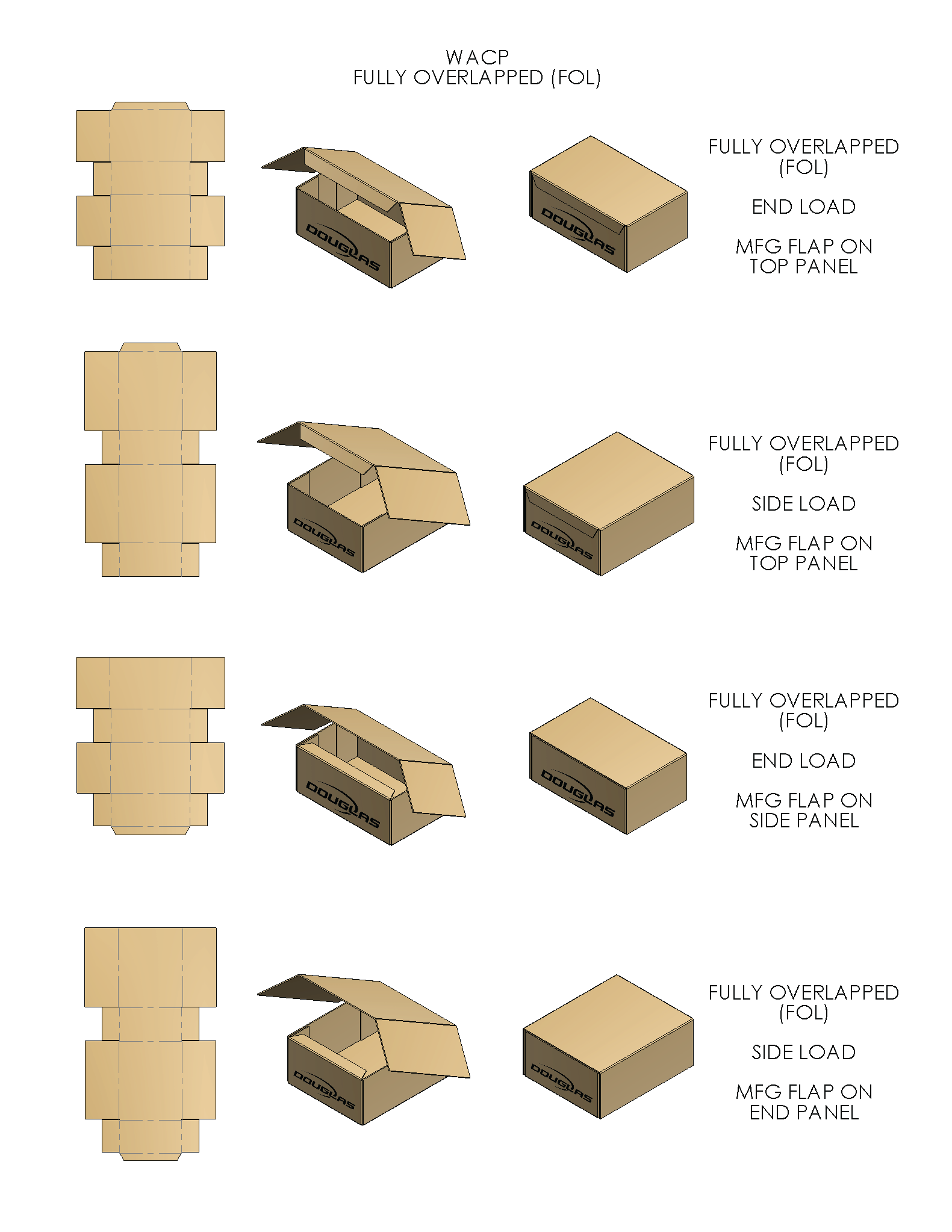
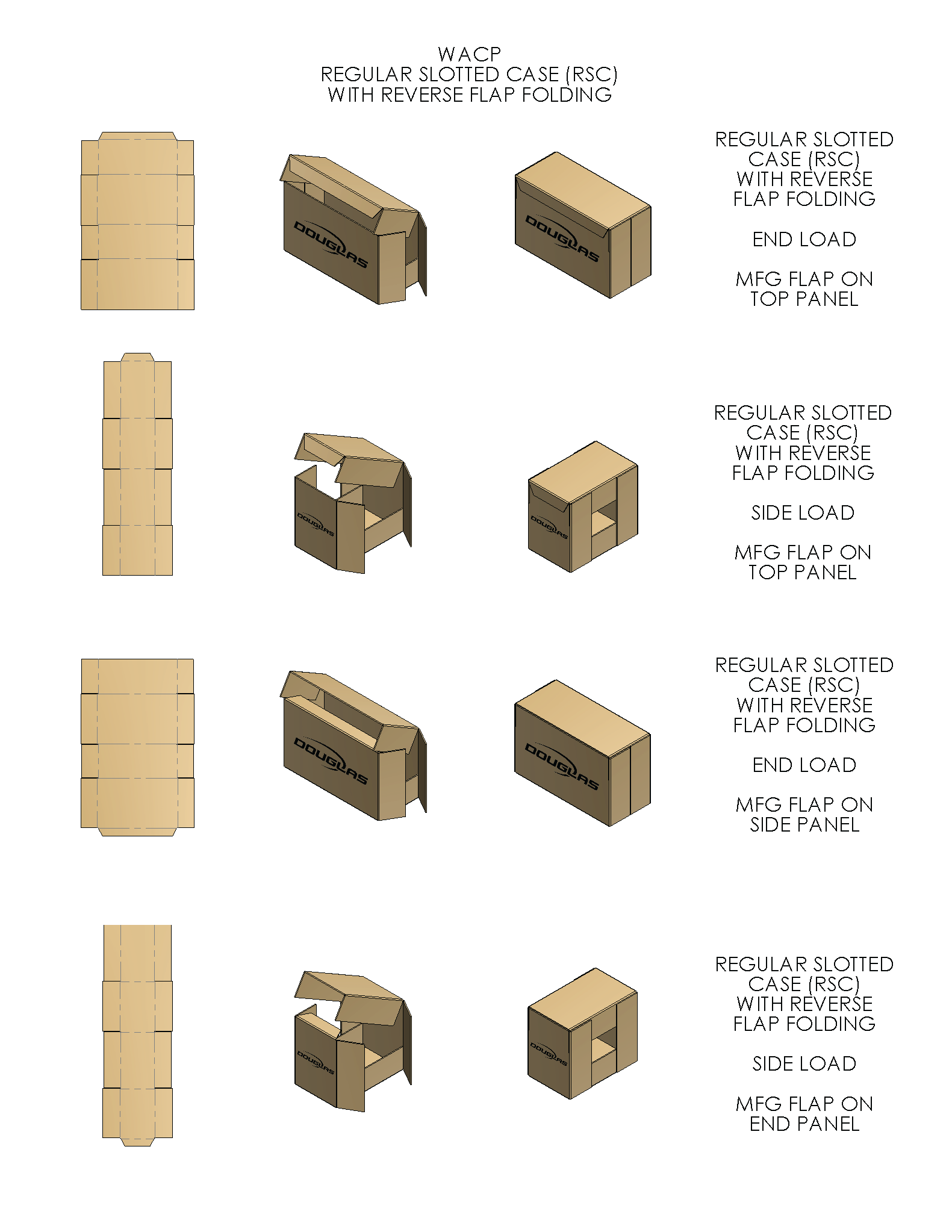
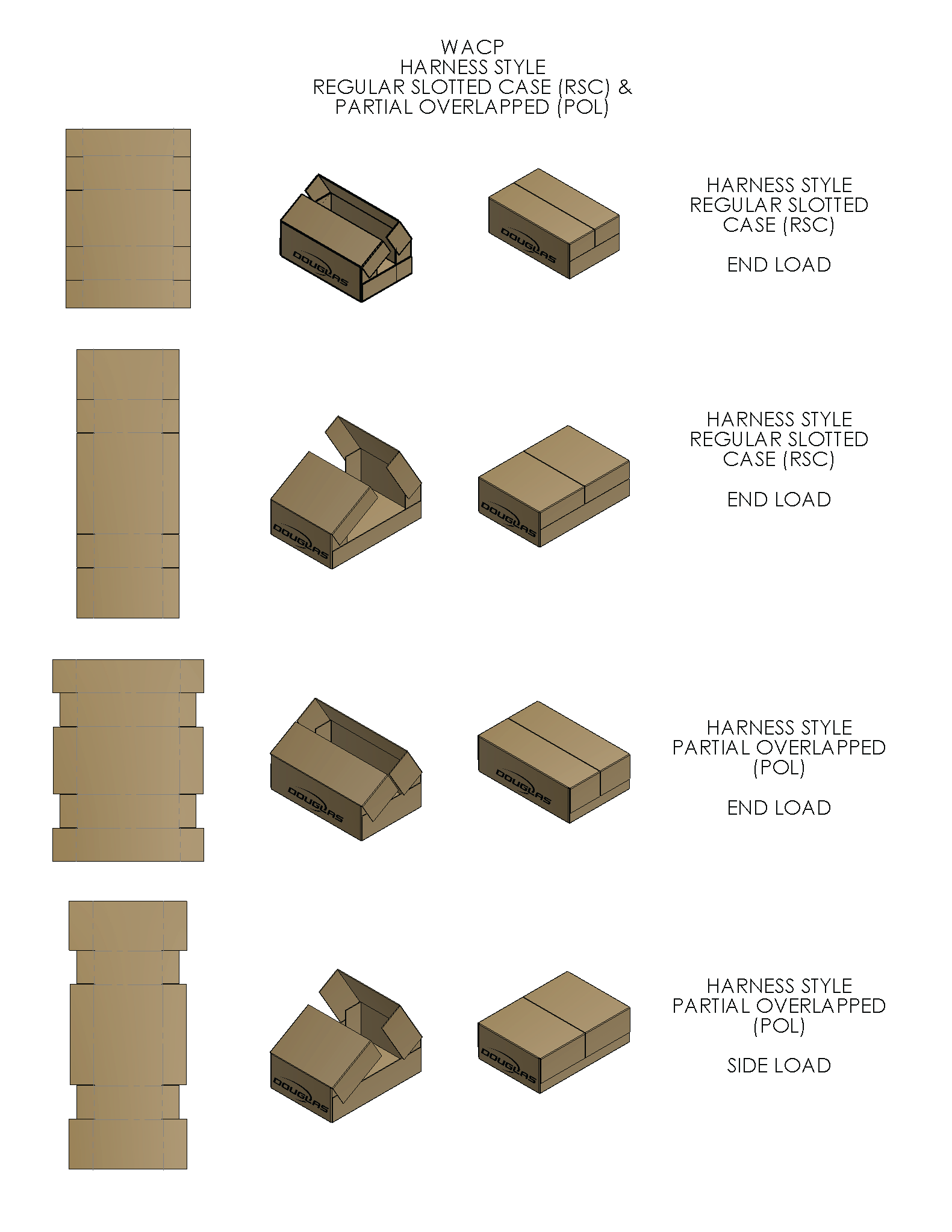
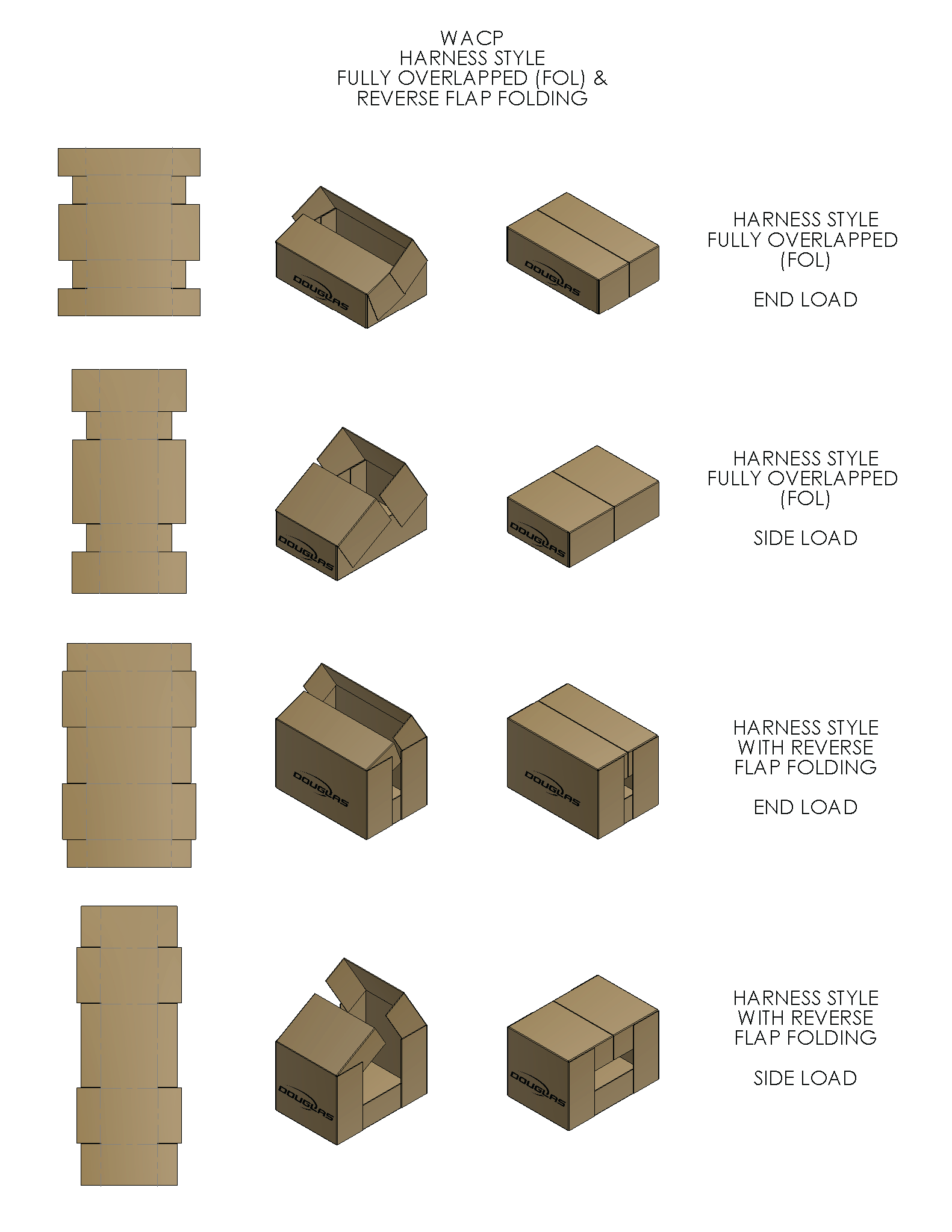
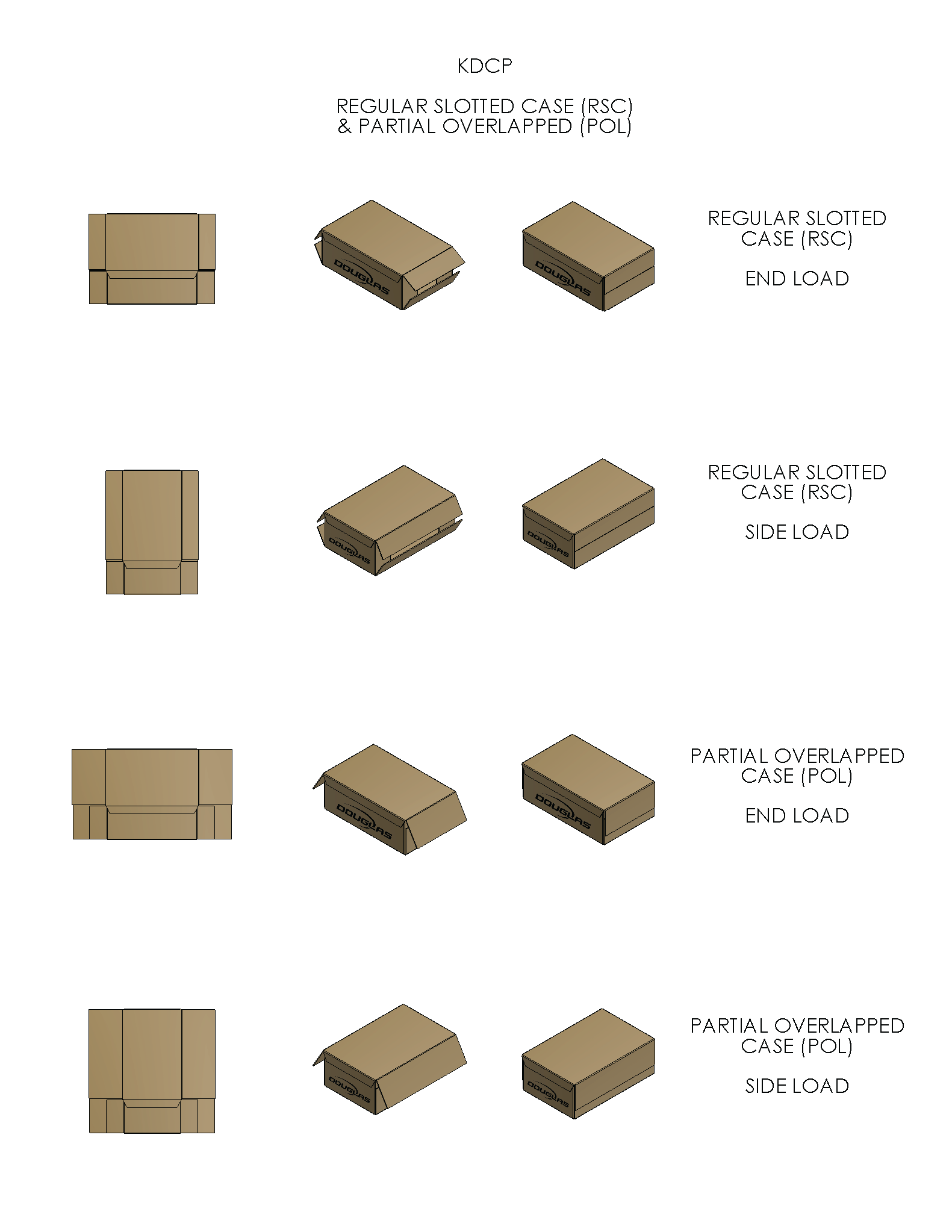
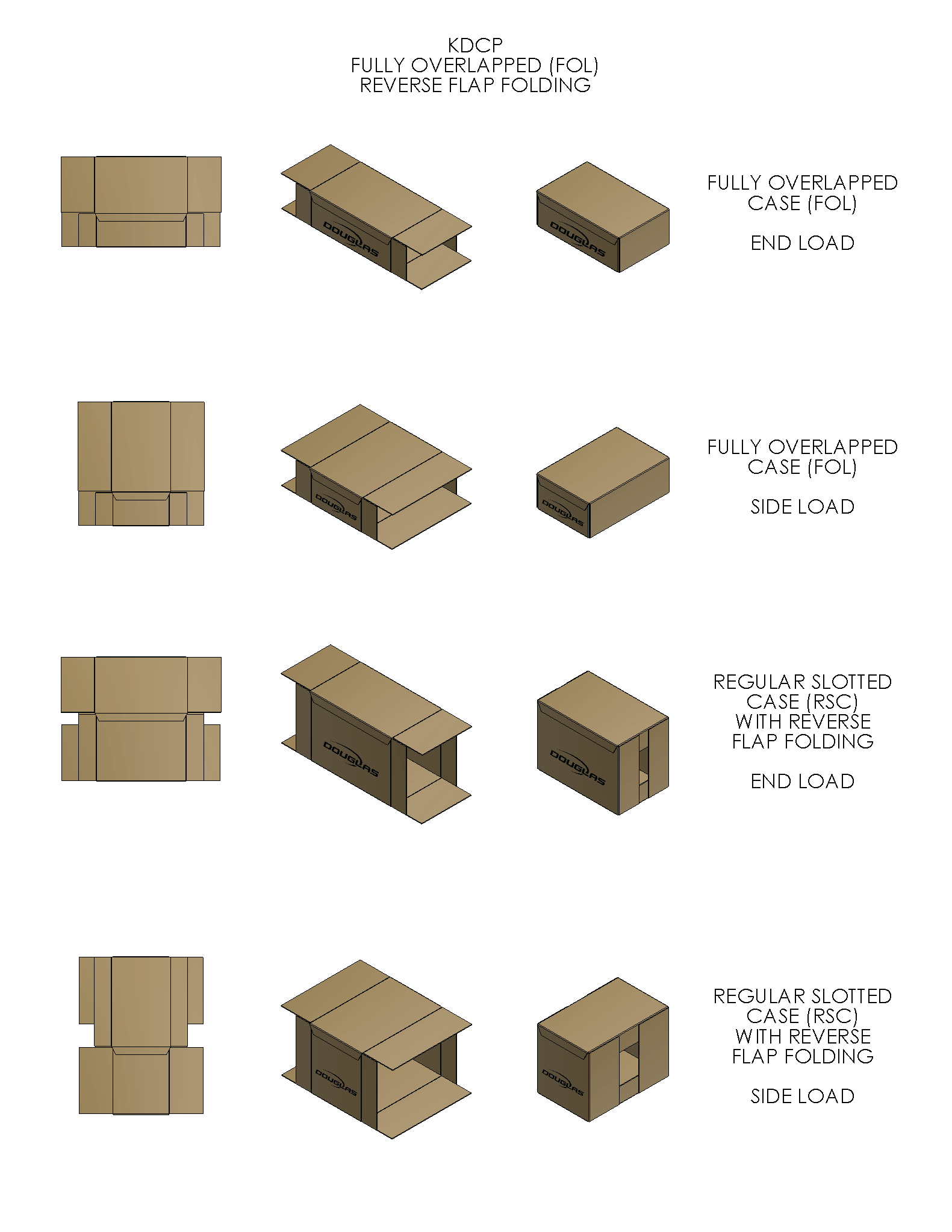
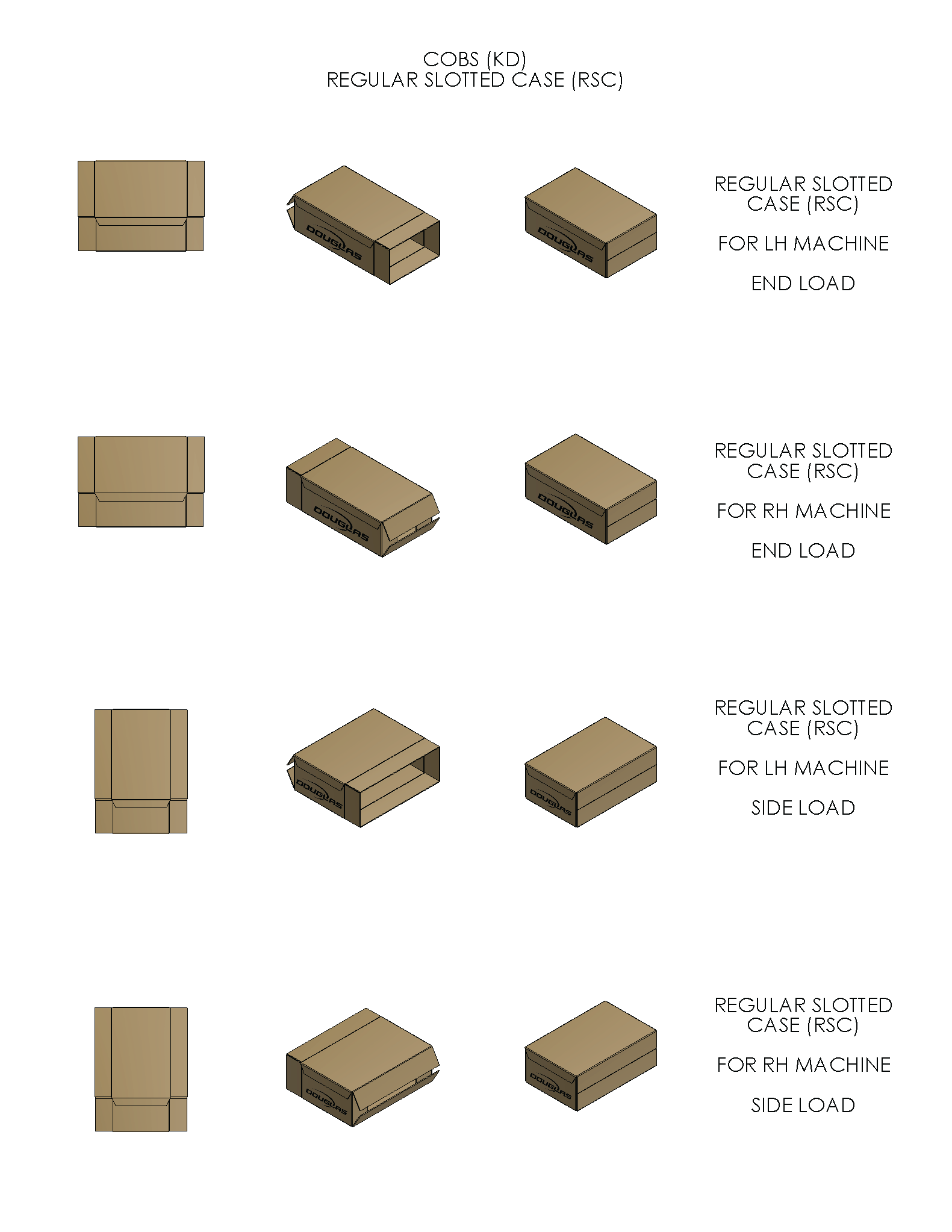
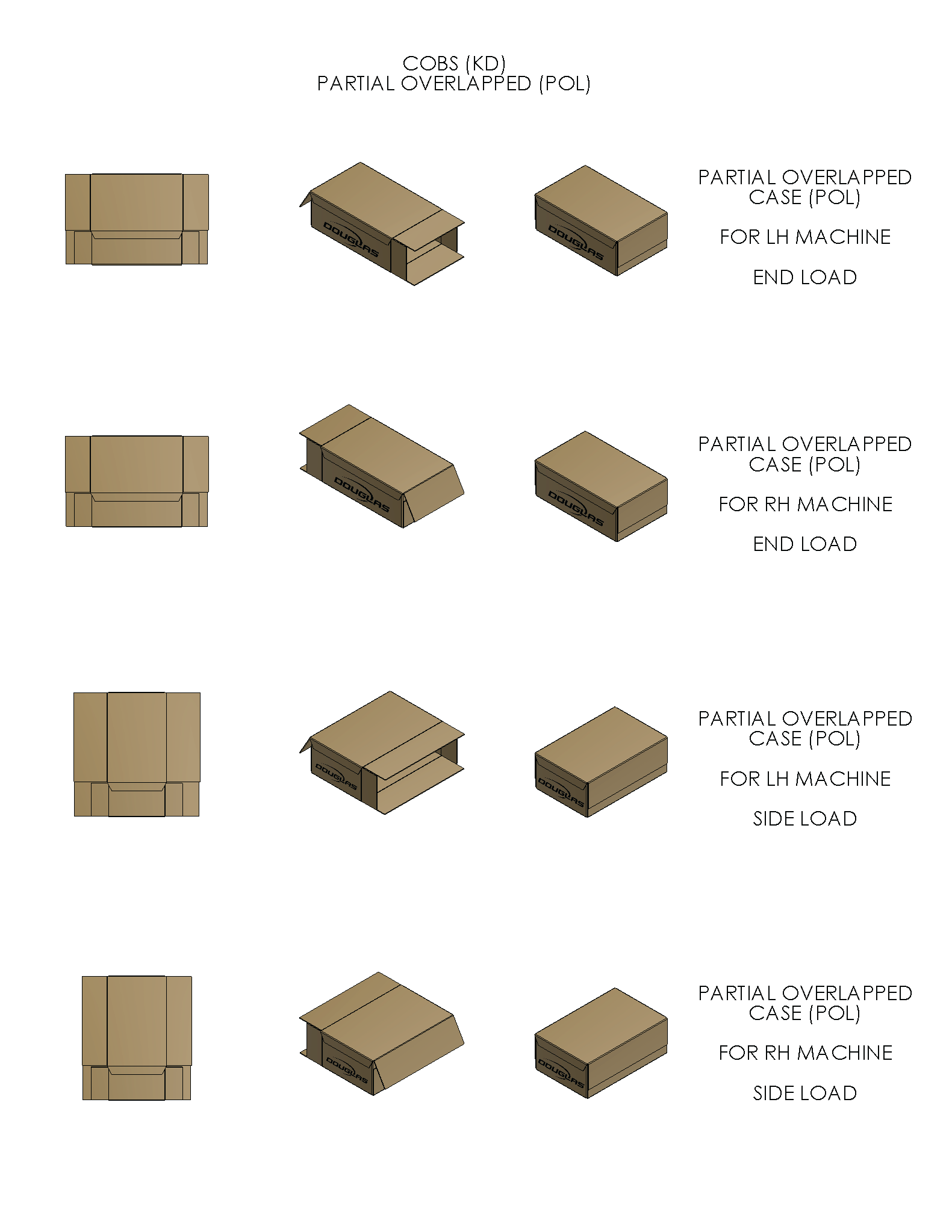
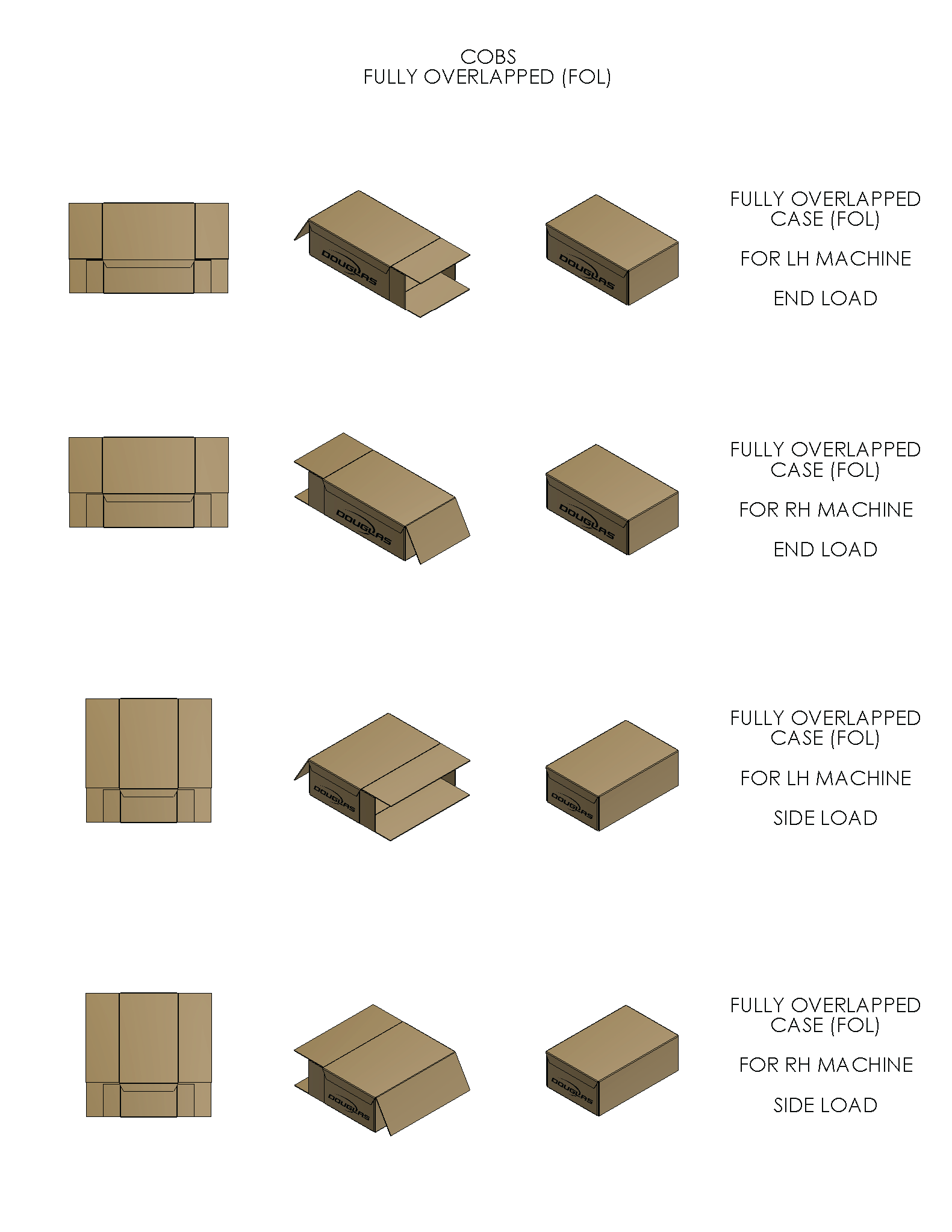
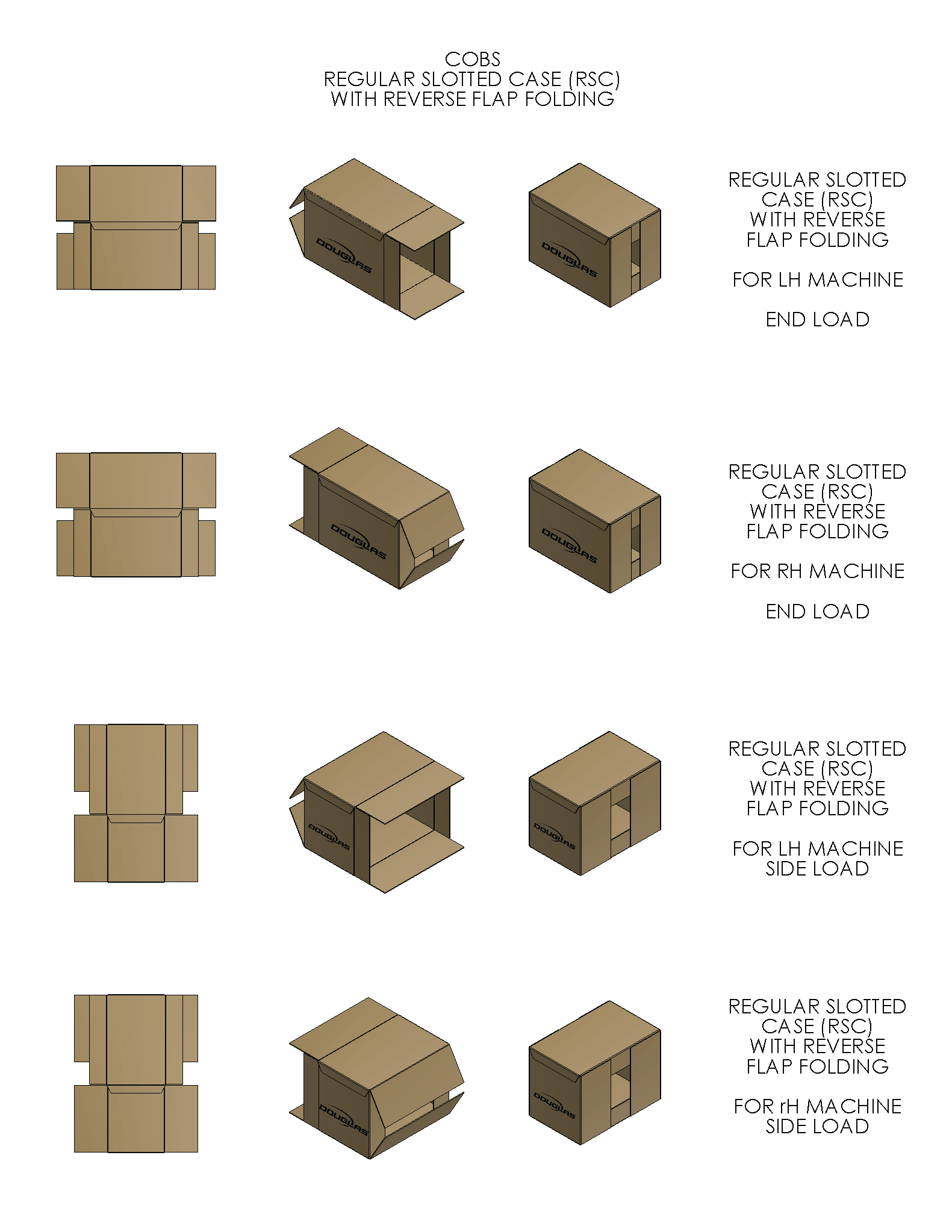
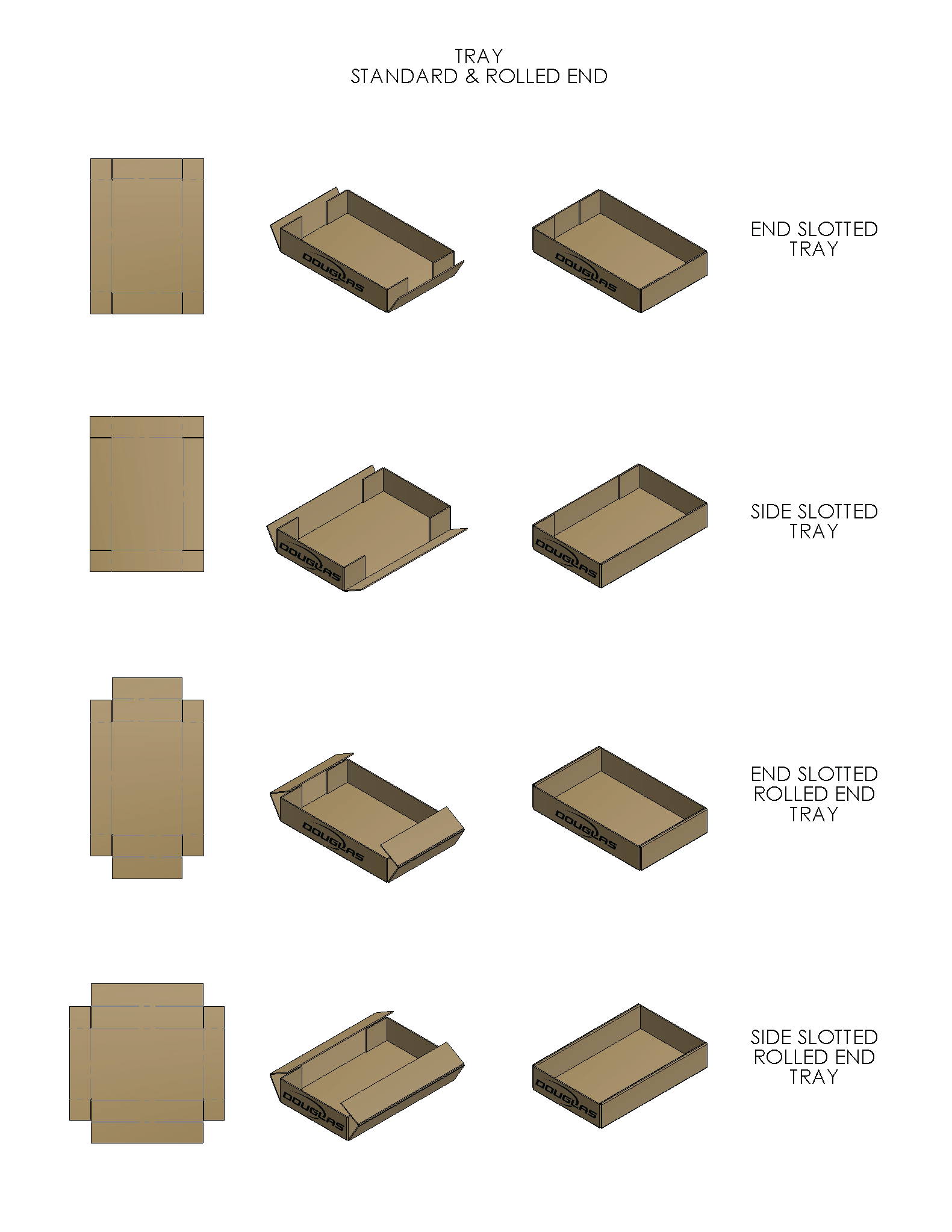
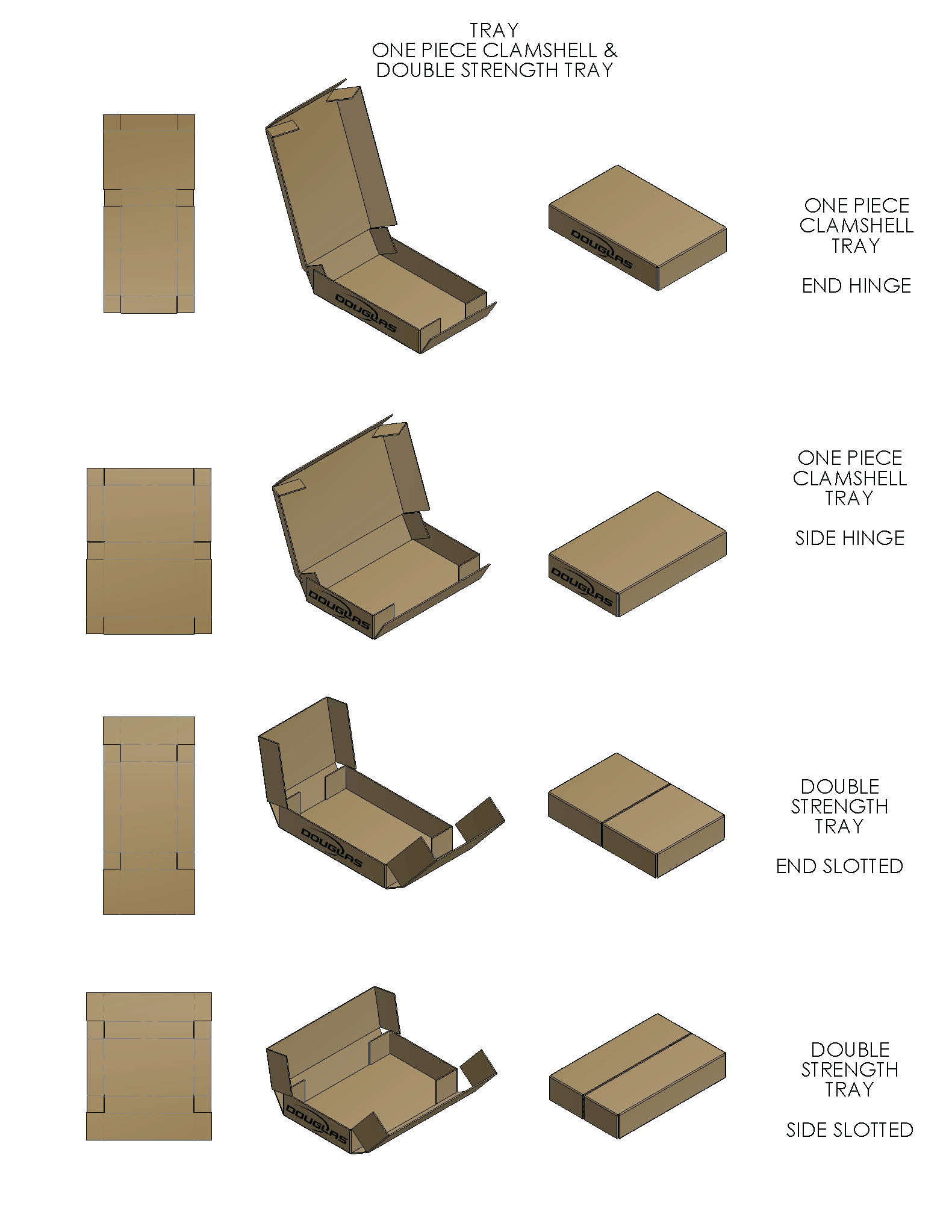
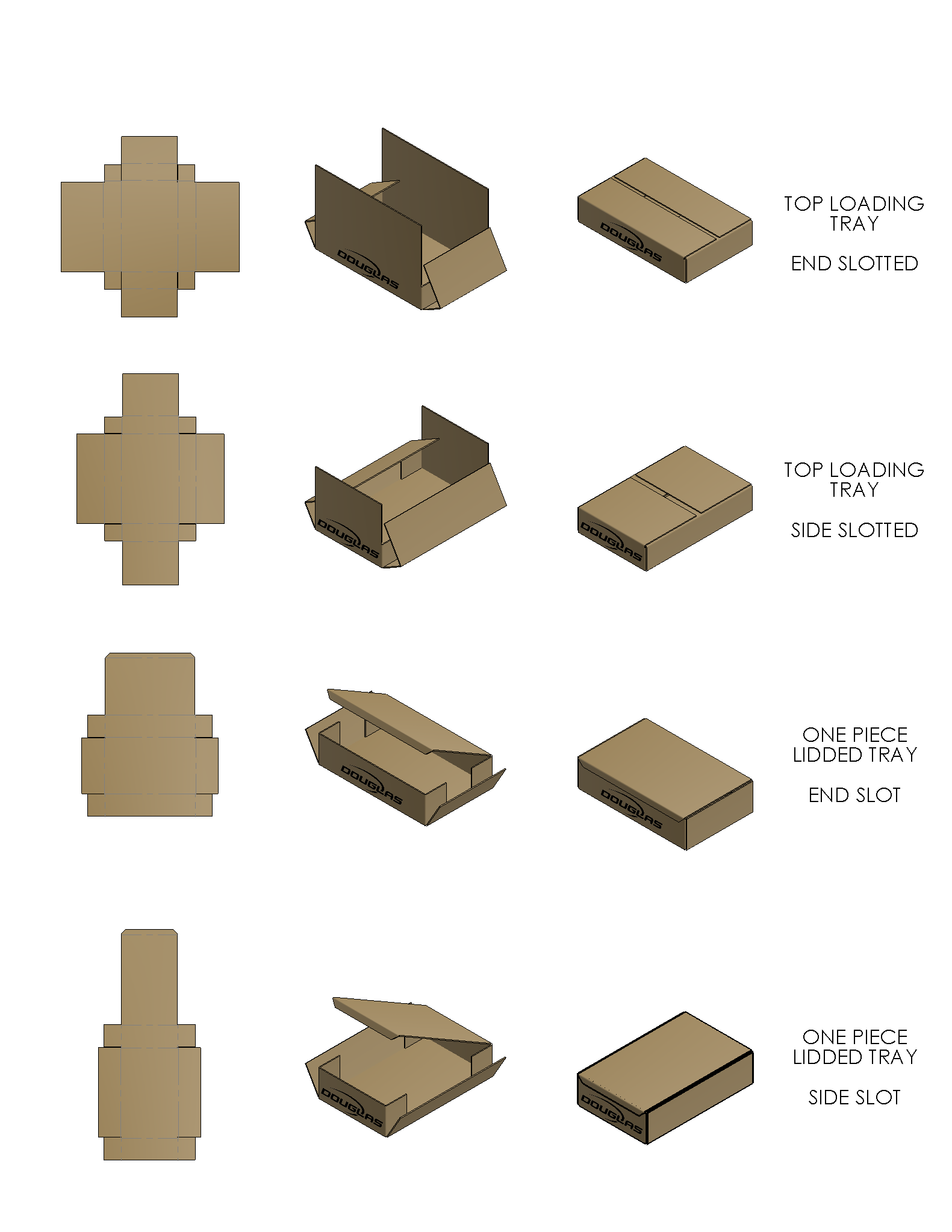
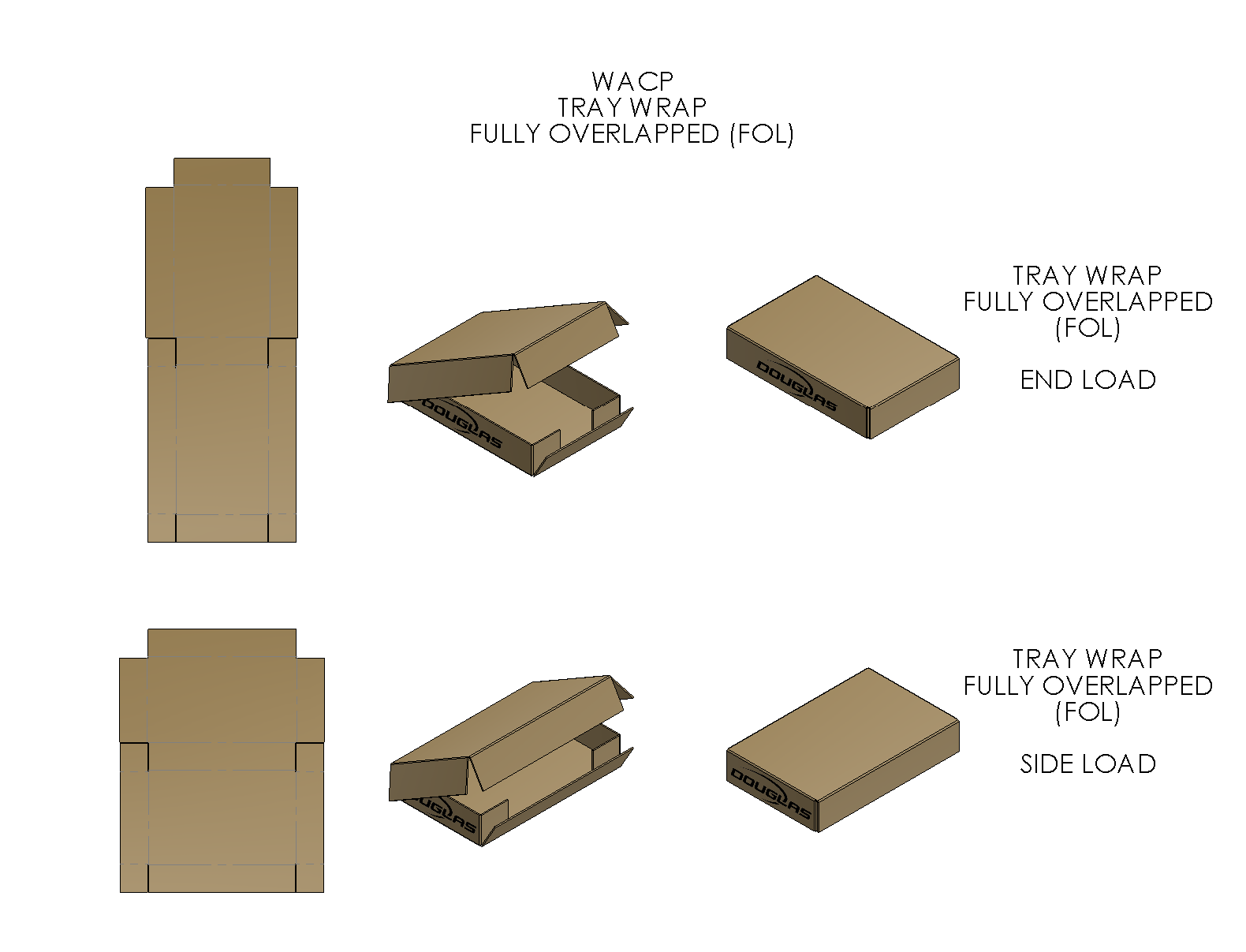
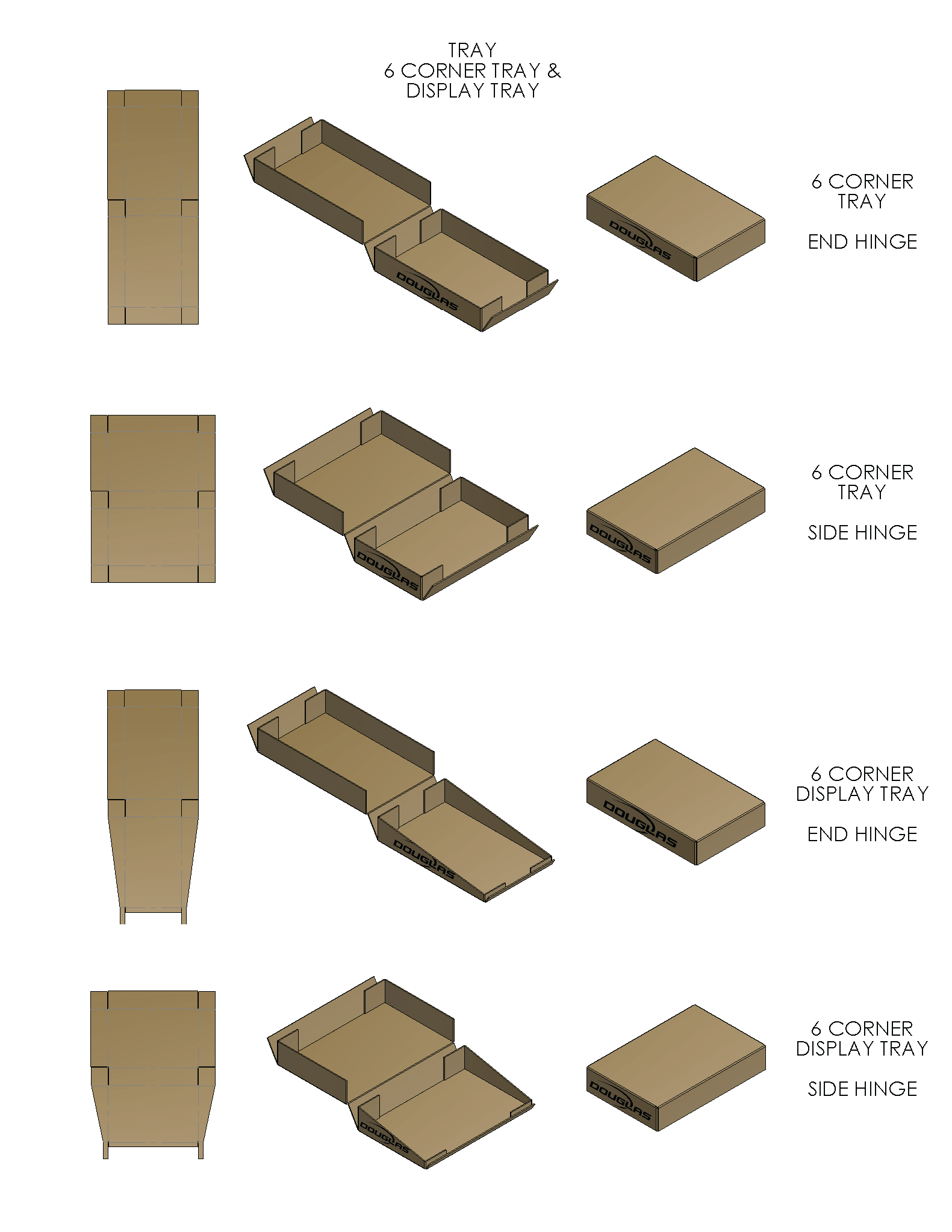
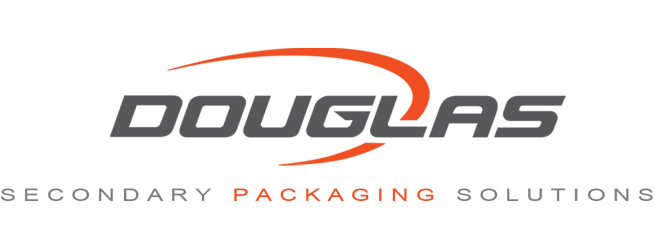
 As the pandemic continues, we remain in an era of social distancing. Today, customers want to get the products they pay for as quickly as possible with minimal contact. With many consumers fearing the spread of germs from shopping in brick-and-mortar outlets, it’s no surprise e-commerce is doing so well. Businesses of all sizes are investing more time and investment into e-commerce and shipping. Regardless of the pandemic, many find e-commerce to be quite beneficial, as it allows businesses to expand their customer base at a relatively low cost.
Despite the perks, e-commerce still has its challenges. With its interconnected manufacturing, shipping and logistics operations, businesses need to think more about how they create, use and design their secondary packaging.
As the pandemic continues, we remain in an era of social distancing. Today, customers want to get the products they pay for as quickly as possible with minimal contact. With many consumers fearing the spread of germs from shopping in brick-and-mortar outlets, it’s no surprise e-commerce is doing so well. Businesses of all sizes are investing more time and investment into e-commerce and shipping. Regardless of the pandemic, many find e-commerce to be quite beneficial, as it allows businesses to expand their customer base at a relatively low cost.
Despite the perks, e-commerce still has its challenges. With its interconnected manufacturing, shipping and logistics operations, businesses need to think more about how they create, use and design their secondary packaging.
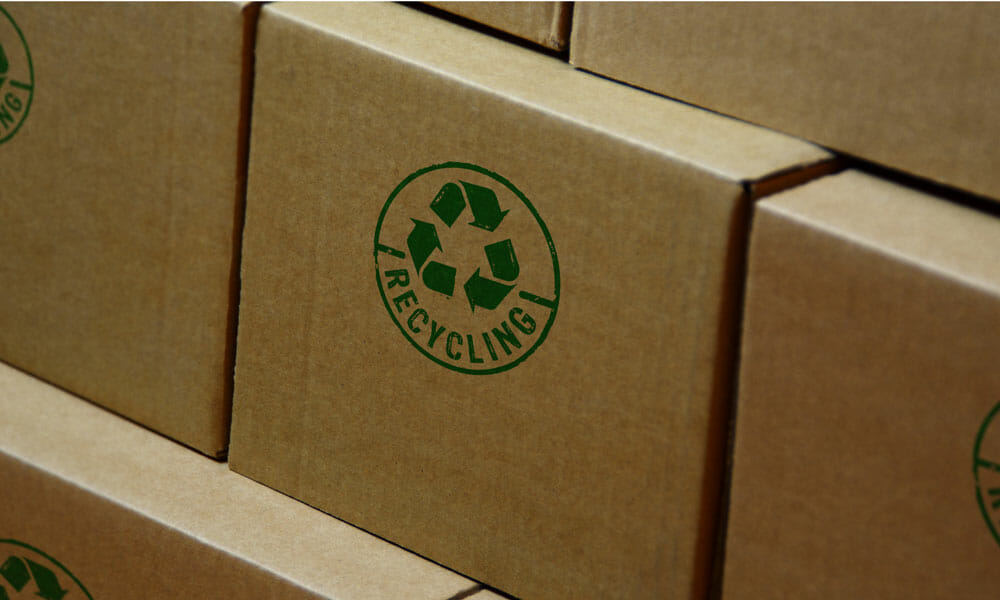 Sustainability is playing a more prominent role in corporate branding and imaging. While primary packaging is playing a key role for consumer packaged goods, a number of brands are interested in sustainable secondary packaging solutions.
Sustainability is playing a more prominent role in corporate branding and imaging. While primary packaging is playing a key role for consumer packaged goods, a number of brands are interested in sustainable secondary packaging solutions.
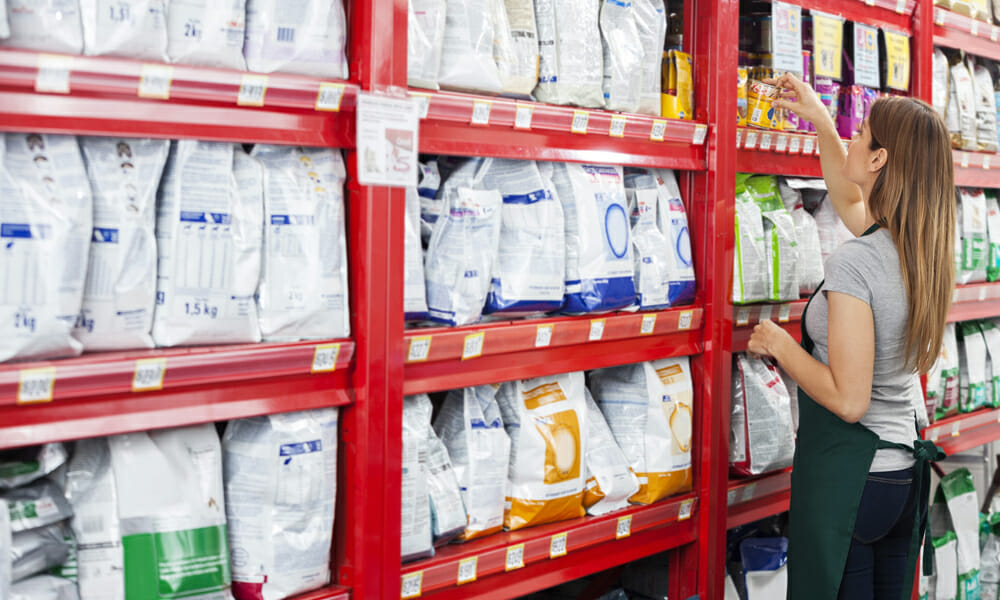 Pet food is more than a convenient means to feed the family dog or cat. Today, pets are family, and people want nothing but the very best in high-quality food they can afford. Pet food is a competitive industry, and there’s no shortage of innovation and evolution to offer our furry friends.
According to a recent survey published in
Pet food is more than a convenient means to feed the family dog or cat. Today, pets are family, and people want nothing but the very best in high-quality food they can afford. Pet food is a competitive industry, and there’s no shortage of innovation and evolution to offer our furry friends.
According to a recent survey published in